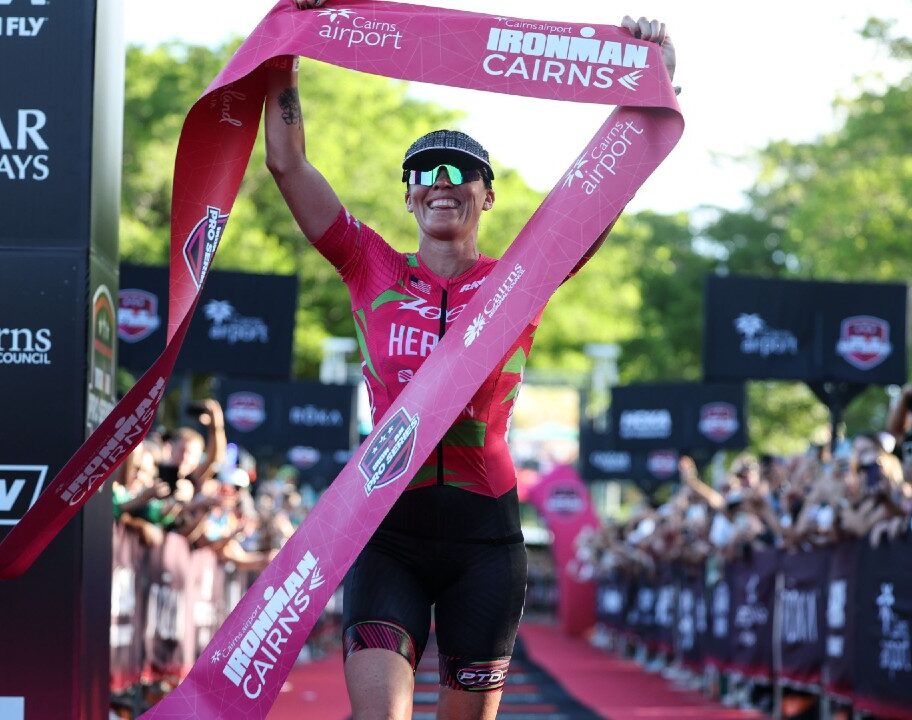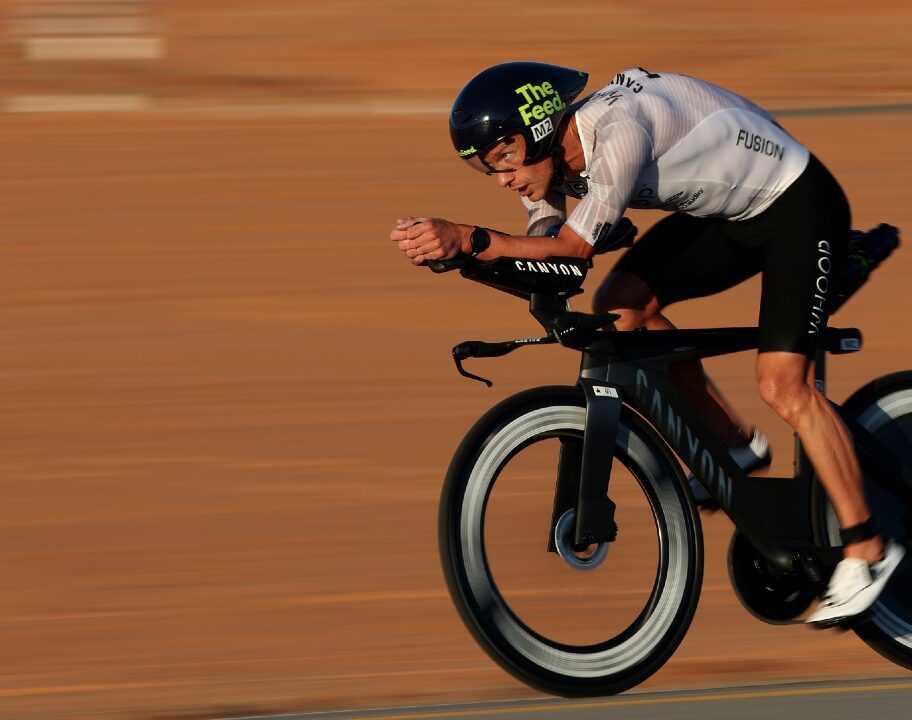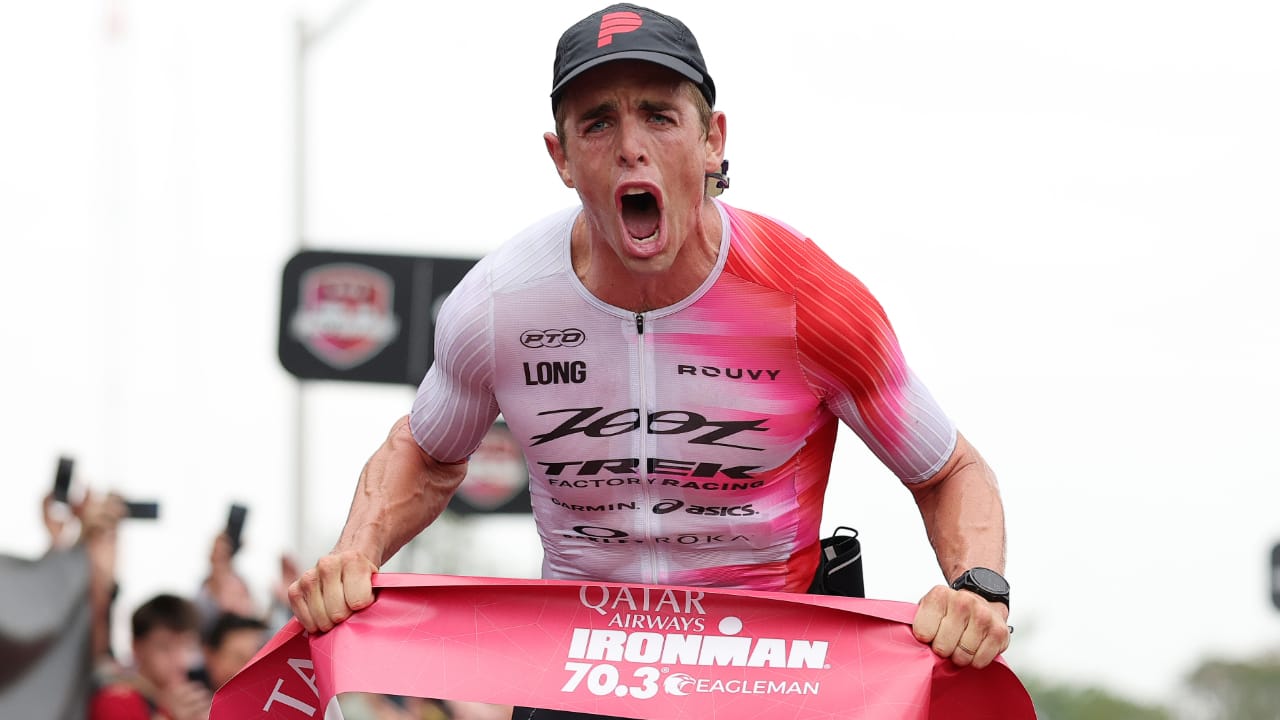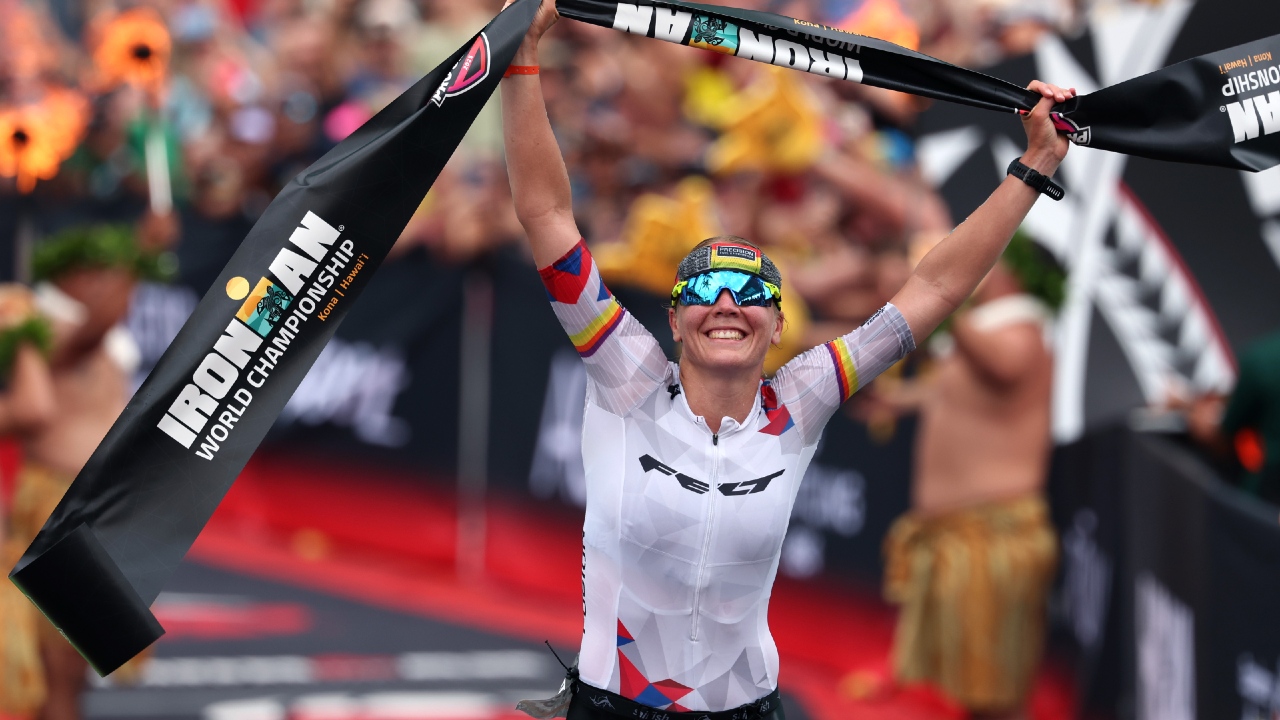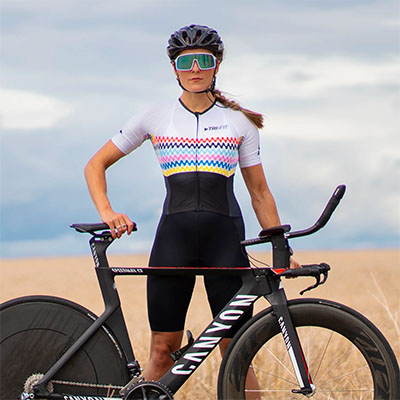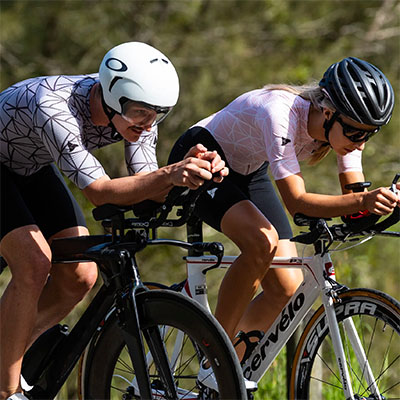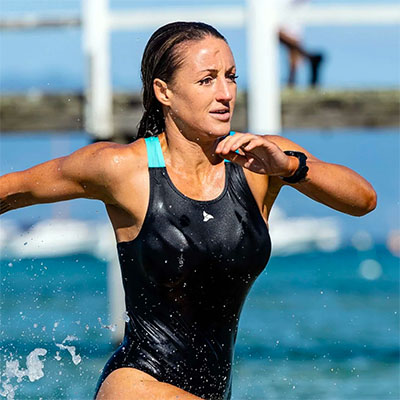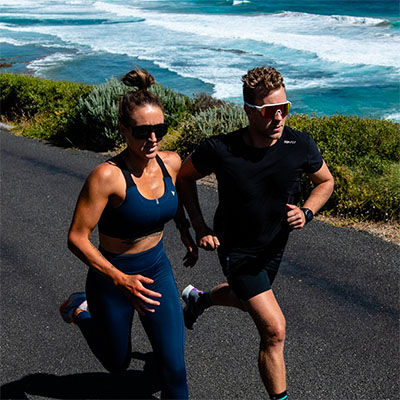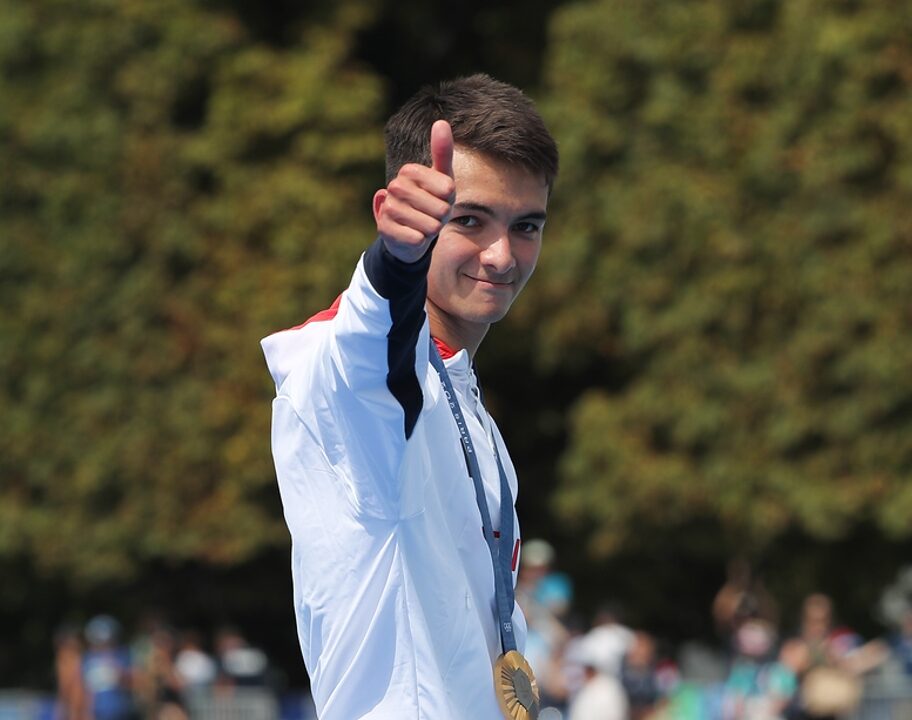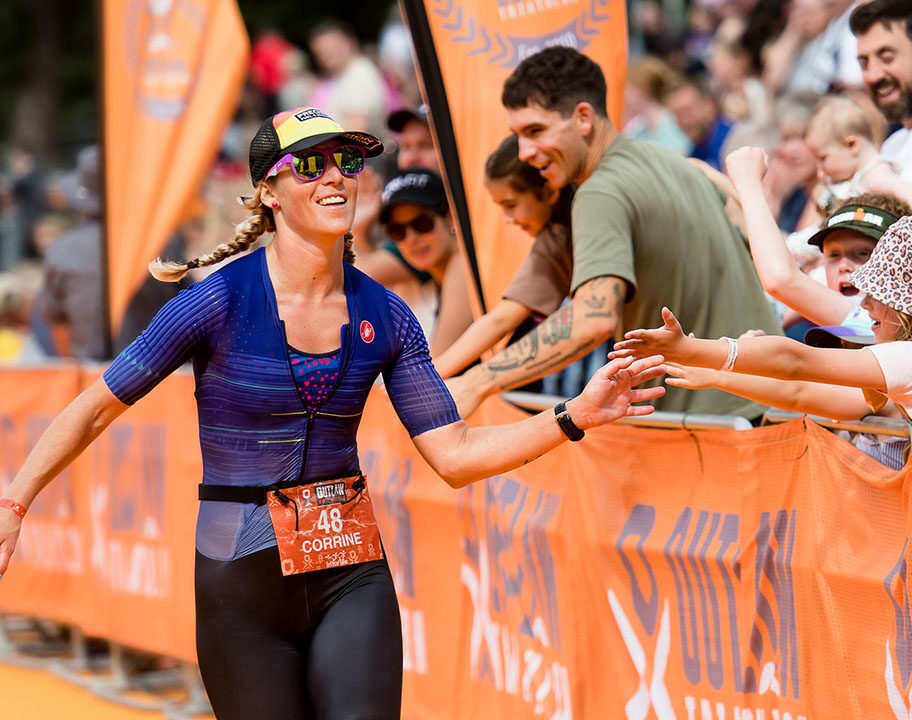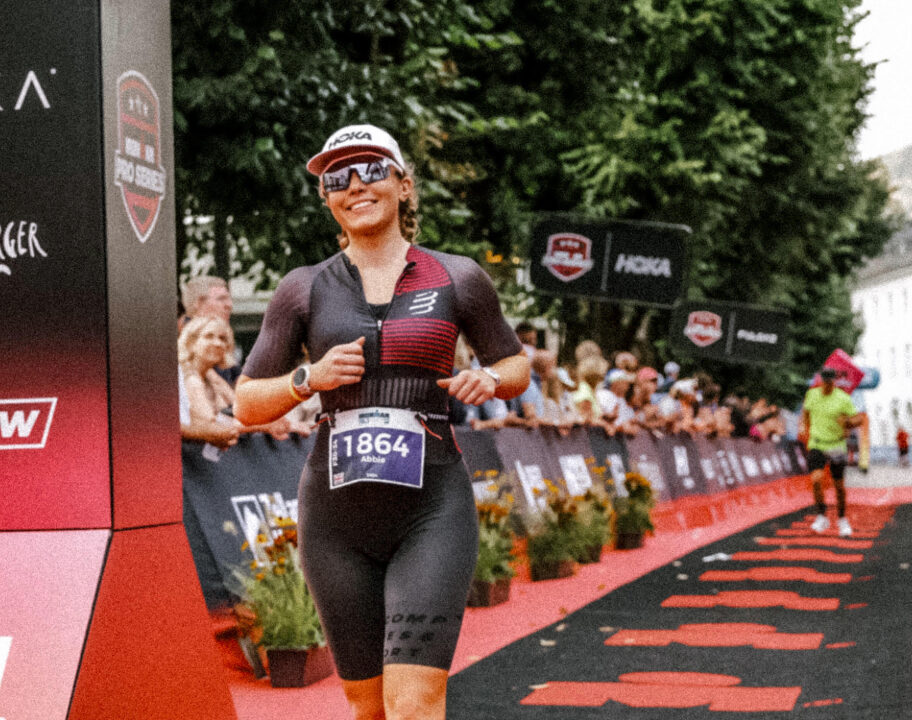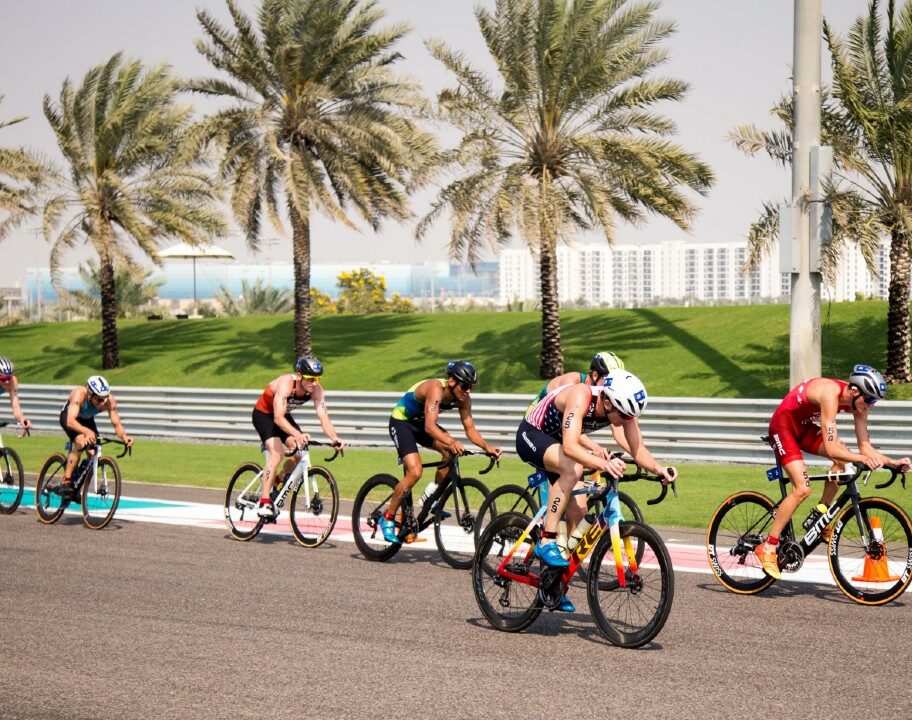Triathletes are renowned for over-training themselves: there are three sports to cram in and the idea of extra training to make you faster is always so appealing. In this article, Mike Trees turns his attention to making you run faster without having to fit in hours and hours of extra training — and he’s also going to reveal the reason why all that extra work you have been putting in doesn’t always get you running any faster.
The plain and simple truth is that the more you train, the more rest and recovery time you will need if that training is to be effective. For every hour of training you undertake I recommend an extra hour in bed! (That’s an extra hour compared to your normal nightly sleep…) So, if you do 21 hours of training a week this means you need an extra 3 hours sleep a night compared to “normal”. If you can’t fit in the extra sleep, don’t squeeze in the extra training! All that you will be doing is wearing your body down and not letting the “training effect” produce any meaningful adaptation.
How do I run faster on less training?
In order to achieve this, you must know what you need to do to run faster. Running is a very simple sport: in a race the fastest runner will always win! In order to run faster, you must either increase your stride length or increase your leg speed. The ideal scenario would be to increase both leg speed and stride length. Here is a simple way to achieve both without spending hours on unrealistic training programmes.
- Core stability work is vital to running economy and also plays a role in injury prevention.
- Strength training is a building block to powerful running
- Speed work is needed for leg speed.
One-legged running and sprint training develop the principles above. It may seem like a gimmick, but I used it very effectively for my 10k training when I won the masters 10,000m World Championships in 2004. Since then I have modified it and made it applicable to the many age group triathletes and runners I have coached.
One legged running
The rules for this training method must be adhered to otherwise you run the risk of injury.
Choose a hill of approximately 6-10% gradient. Too steep, and it is impossible to do effectively. Not steep enough, and it will put too much pressure on your knees and the risk of injury will increase. For this same reason, never do this on the flat or down hill as the pressure on your joints will be too high.
Do five hops on each leg, twice through. ie hop five times on the right leg, then change over to the left leg and hop five times, swap back to the right, and hop five more times before changing legs again.
Put a skip in between hops to change legs. It is a bit like the triple jump after the initial hop, you skip to change legs. It will also help to maintain your uphill speed.
Drive from the arms. The action is led from the arms not the legs.
Try to mimic a running action. The leg that does not touch the ground still moves as though you are running, it is just that it does not touch the ground.
Concentrate on stride length, not speed. Without over straining, try and keep a long stride length as this will develop leg power. If you can increase your leg power you will be able to cover more distance with each stride. Assuming your cadence (leg turn-over speed) stays the same, you will run faster.
Now is probably a good time to watch the video, to help you understand how it all fits together. Unfortunately the front view does not show how steep the hill is.
How do I progress my training?
Warning: this training is tougher than it sounds. The following highlights how to build up safely.
One set = (5 hops on the left leg plus 5 hops on the right leg) x 2 ie total of 20 hops (see video).
| Week one | 2 sets |
| Week two | 3 sets |
| Week three | 4 sets |
| Week four | 5 sets |
| Week five to twelve | 6 sets |
Note: this should be included in an annual training schedule and 6 weeks is the minimum period of time that is needed to achieve noticeable improvement, while 12 weeks should be the maximum time you allocate to this training in any one year.
Always walk back down the hill.
Why should I do one legged hill running?
Understanding the theory may make you a little keener to look stupid hopping up a hill side on your own! In order to improve your running, any training must adhere to two basic principles: overload and specificity.
Putting a progressive overload on the leg muscles will increase their strength. Running on one leg, up hill, replaces weight training and thus makes training more time efficient. Extra load can be added by using a weight vest and by performing more repetitions.
The principle of specificity means that a runner must train by running in order to run fast. Weight training may make you strong but does it really help you run fast? Overloading the leg muscles, via running is probably one of the most time efficient forms of training.
Other benefits of one legged running
It will develop proprioception and balance and will also train core stability without the need to go to the gym and do sits ups… this may be appealing to some! Hopping on your toes will also develop the calf muscles (soleus and gastronemus). This is of great benefit to triathletes and duathletes who often suffer from calf problems, as these muscles often can not cope with the demands put on them by cycling and running.
Sprint training
In order to round off this training, and fit it into a meaningful schedule, you will need one session a week of sprinting. This is to develop leg speed and is best done on the flat with the wind behind you. It only takes 30 minutes and can be done as part of an easy day’s training. If you limit sprinting efforts to about 6-7 seconds you will work leg speed without building up lactic acid. This reduces muscle soreness the next day. Do a minimum of 6 sprints and a maximum of 10 in each session.
A typical sprint session
Warm up by jogging for 10 mins, then run 6 x 40-50m with a walk back for recovery.
Drive from the arms, and the legs will follow. Concentrate on high knee lift and concentrate on fast leg speed. Try to run on your toes.
As with one legged running this should be done as part of a 6 to 12 week programme. Do at least 6 sprints each time, and concentrate on form and leg speed, not stride length. If you can run with the same stride length and increase your leg speed you will run faster.
How do I put it all together?
In order to illustrate these sessions as part of a typical training programme I have added them to a schedule: the sessions we have been discussing here are shown in bold. Total time for the week is 8:00 to 8:30 and includes three runs, three bikes and two or three swims.
| Day | Session | Time |
| Day 1 | Run: Easy 30mins incorporating 6 x 40m wind sprints | 30 |
| Day 2 | Swim: Intervals Bike: Steady ride 75mins | 120 |
| Day 3 | Run: Track workout eg; 16 x 400m | 60 |
| Day 4 | Bike: 10mile TT | 60 |
| Day 5 | Swim: Drill swim or rest | 30 |
| Day 6 | Swim: Intervals Run: 10 x hill hopping + 30mins run | 90 |
| Day 7 | Bike: Long bike ride | 120 |
Summary
Hill hopping will develop your leg strength, and a long stride while sprinting will develop leg speed. Combined, they will enable you to improve your running economy, and thus run faster than you dreamed possible… This is the theory and it has been tested in practice; let us know at Tri247 how you get on!

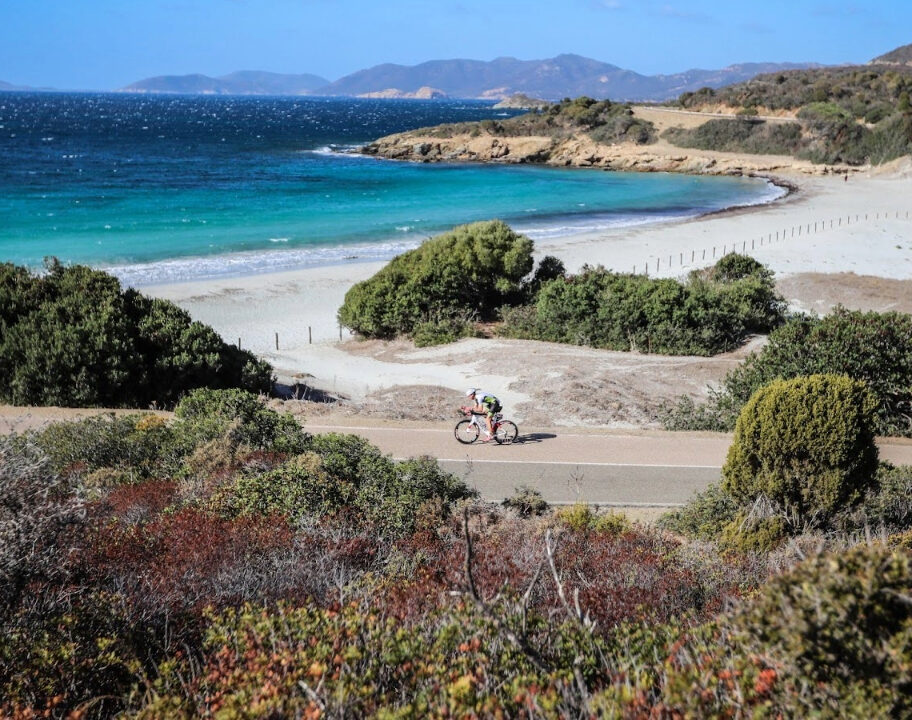
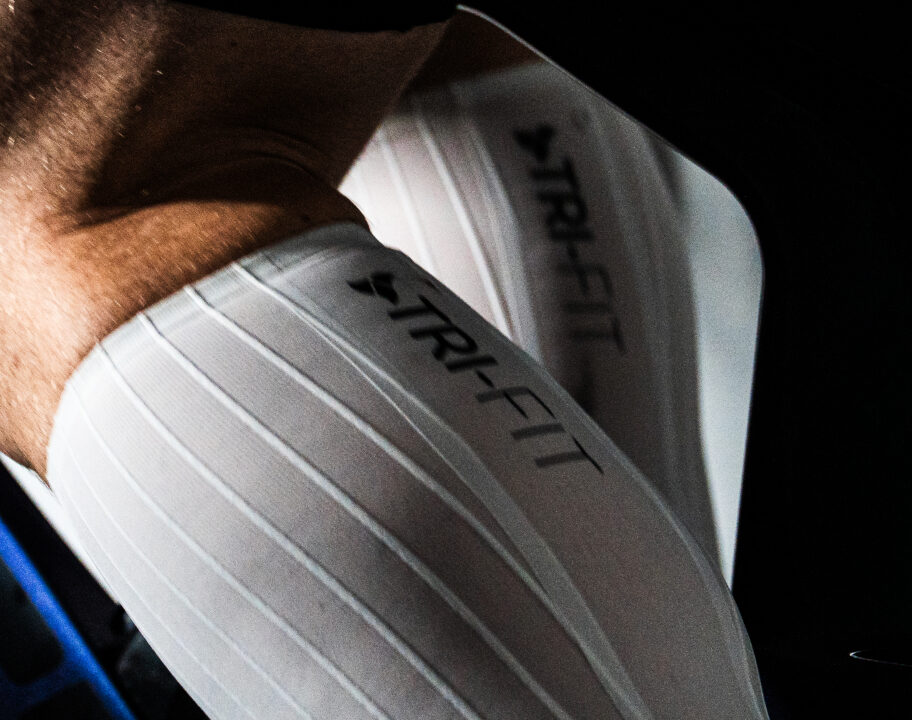
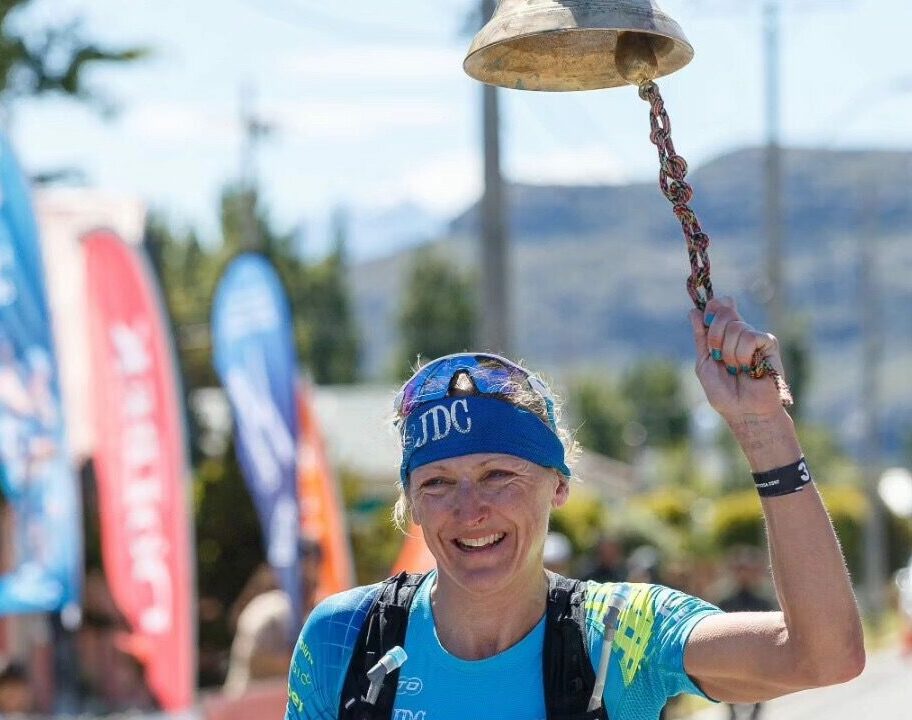
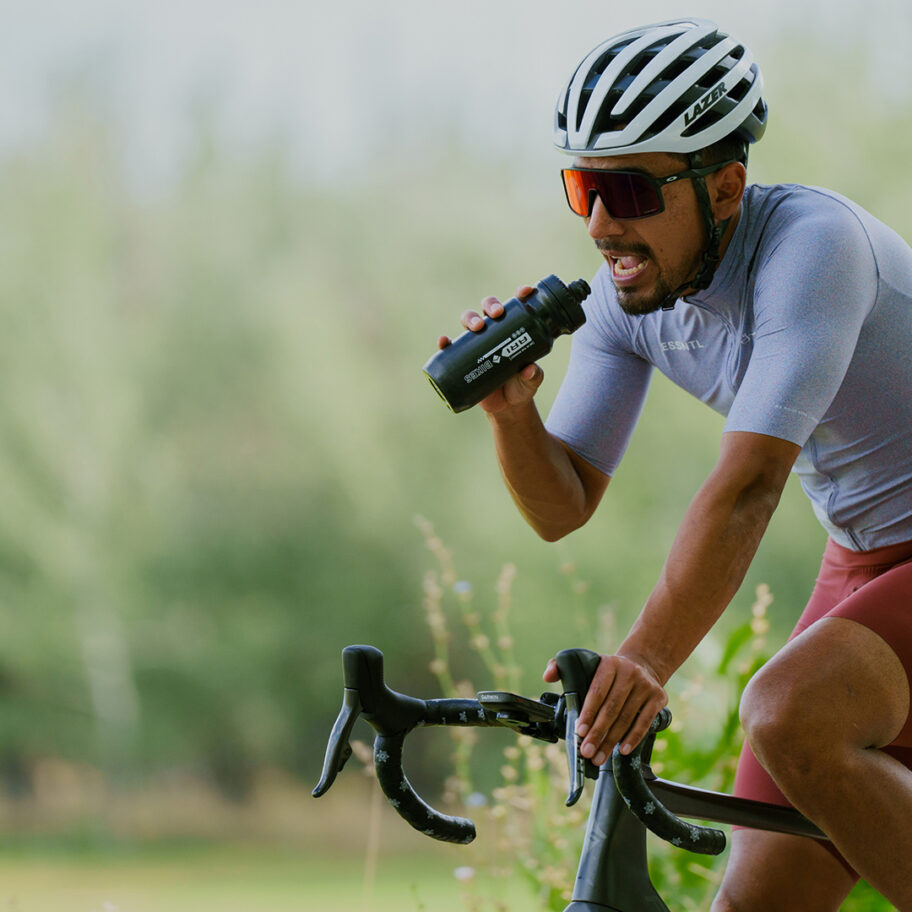
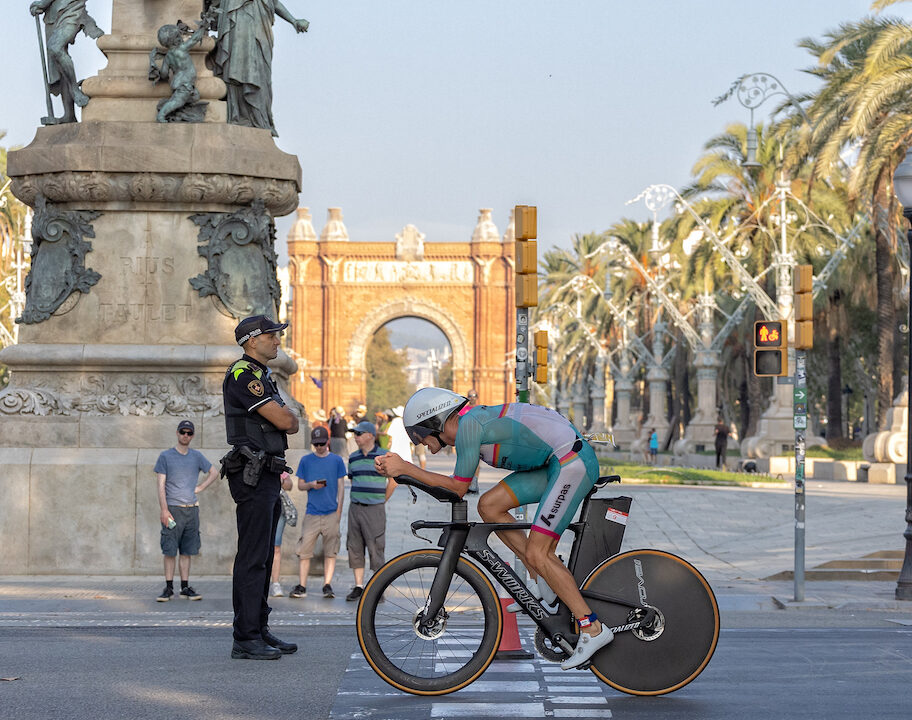
![Caroline Livesey wins the first ever Scottish National Gravel Championships in August 2025. [Photo credit: Outsider Events]](https://www.tri247.com/wp-content/uploads/2025/11/Caroline-Livesey-scots-national1.jpg)
